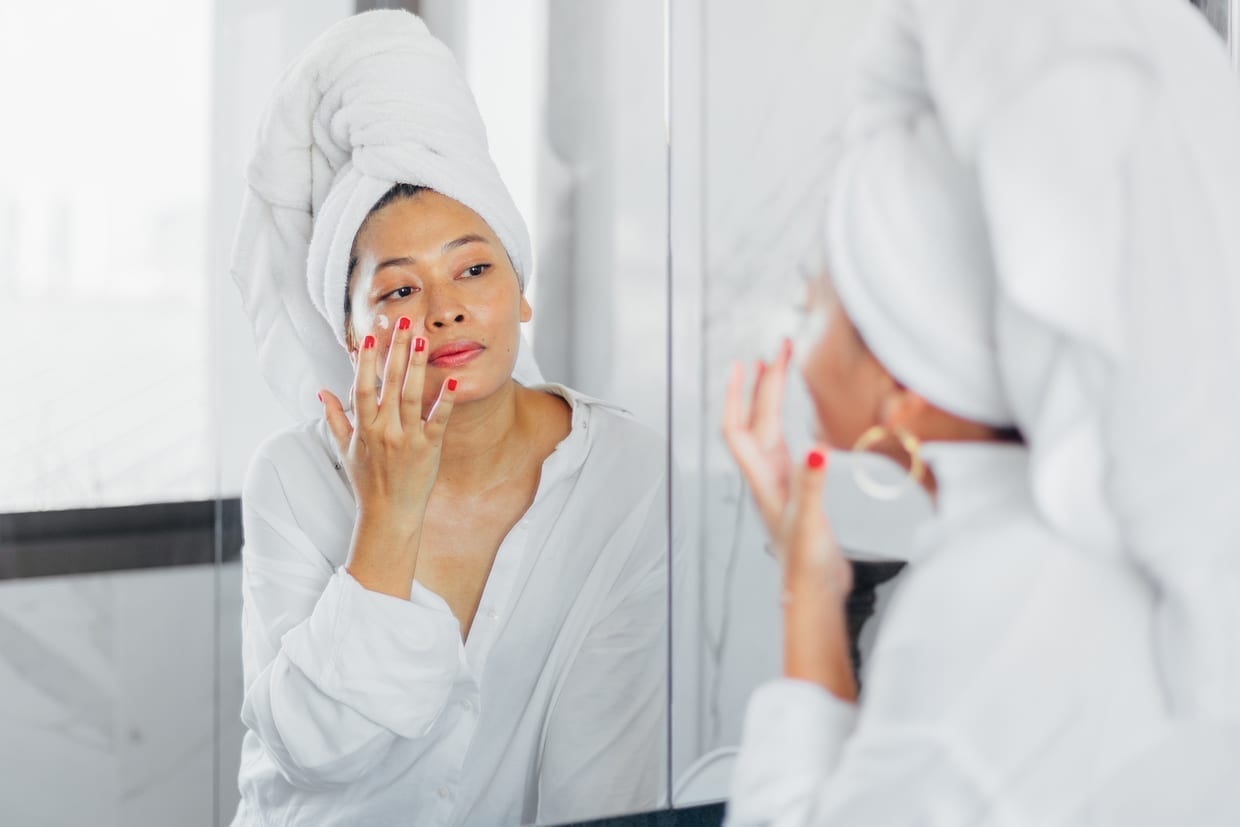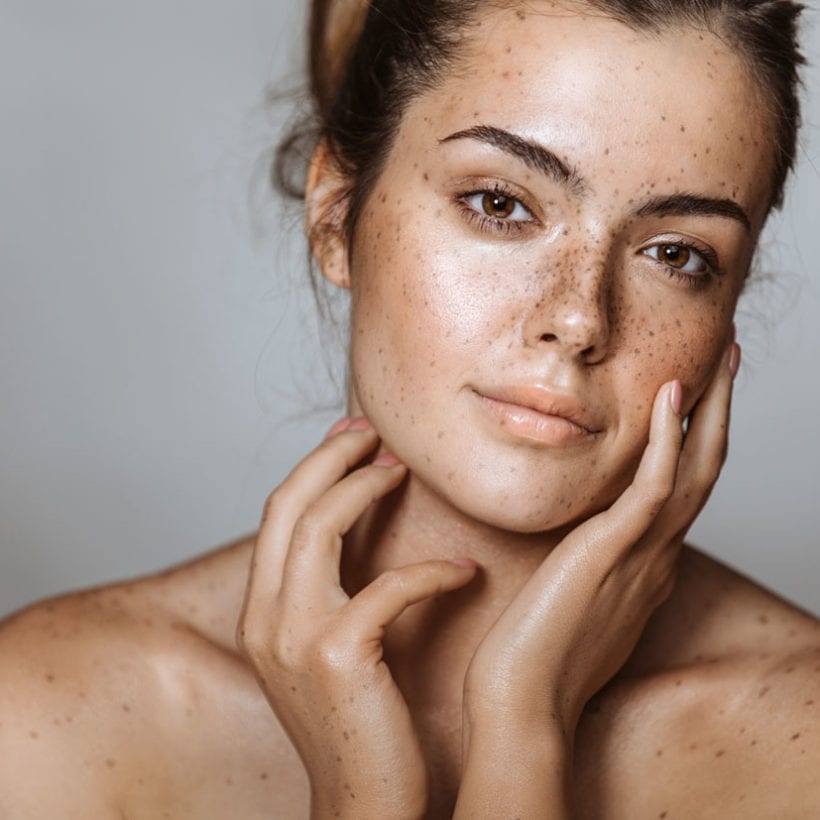When it comes to skin, the “S” word is a common adjective. Here, pros break down what sensitive skin is — and is not — as well as how it happens and what you can do to bring your complexion back to a healthy baseline.
“The definition of sensitive skin is skin that is frequently irritated by many common skincare ingredients,” explains New York City dermatologist Neal Schultz, M.D. “The three keywords are: frequently, many and common.” That means that for those with the textbook definition of sensitive skin, everything you slather on — from basic moisturizers to every ‘natural’ line your bestie swears by, causes some form of irritation.
What does not equal truly sensitive skin? If you have had one (OK, maybe two) isolated flare-ups from a brand new treatment you decided to test-drive. The reason this is good news: “Many people who think they have sensitive skin actually don’t — they’ve just been irritated once or twice in their life and therefore think they have sensitive skin,” Schultz notes.
But what pros are seeing first hand with patients is self-induced sensitive skin. Maybe you are someone who loves buying — and trying — a slew of new skin savers and jumping from product to product. But what can go wrong is that you end up overlapping ingredients that have a synergy in toxicity and irritation. Or you think that when it comes to skincare, a little is good, but more is better (over users of acne washes and spot treatments, Retin-A, glycolic acid, etc., we mean you).

So how does sensitive skin happen? Genes may be to blame. “Some people are born with sensitive skin and have eczema their whole life and they can’t get away from it, suffering day in, day out,” explains Schultz. New York City dermatologist Joshua Zeichner, M.D., says that for those where genetics are the cause, “it’s often worse for those with fair skin and those with conditions like eczema or rosacea because then they’re generally more sensitive to skincare products than other people.”
According to Deanne Robinson, M.D., a dermatologist in Connecticut, the first step in your skincare routine — cleansing — could be causing you to veer over the fine line between healthy, balanced skin and a red, irritated complexion gone haywire.
“Over-cleansing or over-exfoliating in the cleansing process can irritate the skin because it strips the natural oils and breaks down the natural functional barrier of skin right away, which can lead to irritation and sensitivity, especially as you apply products after,” says Robinson. Because of this, she suggests most patients stick to a super gentle barely-lathering cleanser.
Experience breakouts? “If acne and constant pimples are a concern, you can opt for benzoyl peroxide or salicylic acid-based cleanser. But only use it once a day — not multiple times, which is too drying,” Robinson adds. Whether clear skin is a concern, or you simply prefer a super-clean feeling, Robinson suggests opting for micellar water as a second cleansing step. “If you want that double-cleanse feel or have a lot of makeup to remove because it can wipe it away in a sensitive way without being too irritating.”
A major culprit of skincare-created sensitivity, says Schultz, is over-exfoliation. This can mean overusing a face scrub or pairing several skin-buffing treatments that cause irritation (for example, washing with a glycolic cleanser but then using a scrub later and also applying an acid-based peel the same — or even the next day).
A major culprit of skincare-created sensitivity is over-exfoliation.
“For people who are using a chemical exfoliant, then also combining it with a mechanical or physical exfoliant, there is a very good chance of getting irritated,” says Schultz. “And the same is true for those who use a very harsh acne cleanser and then a toner with alcohol in it and then start increasing the frequency of either a glycolic or retinoid treatment, and all of a sudden they’re irritated.” Schultz says, “These people don’t have sensitive skin; they are just using something that’s too harsh.”
You know this scenario — you see a zit popping up, so you start layering a drying spot treatment on it over and over to banish it before it gets out of control. Well, the next thing you know, your skin is super dry and irritated on that spot but also the surrounding areas. “I have patients come in who are spot treating their skin or a blemish with acid and they have literal burns on their face,” Robinson says. “When they come to see me, they say, ‘My skin is so sensitive, I can’t use any acne products.’ But that’s not the case — they overused it.”
Another surprising sensitive skin sabotager? Vitamin C. “Yes, vitamin C is an amazing topical for our skin — it helps with fine lines, wrinkles, hyperpigmentation — but it’s also an unstable compound, so it’s usually added into products at a high percentage or is paired with vitamin E, which acts as a natural preservative, and these factors can make some skin types not be able to tolerate it,” explains Robinson.
So, what exactly happens to your skin when you overdo it and cause sensitivity? Well, the redness, blotchiness and peeling you see in the mirror are due to several factors. “One is that the products are stripping your skin of too much oil and that’s being done through chemical stripping. And the other anatomically by taking off too many cells with too aggressive exfoliation,” explains Schultz. “So, one you can do just by dissolving good chemicals in the skin and the other you can do by taking away too much skin. And you can have them both going on at the same time.”







